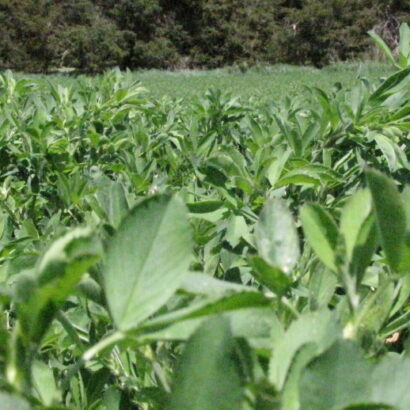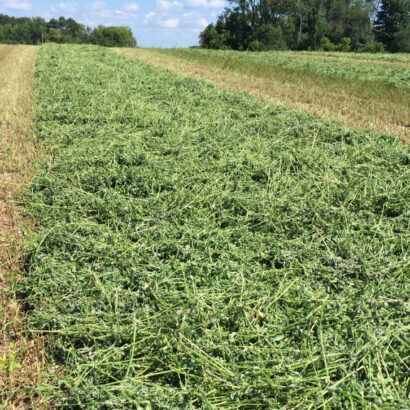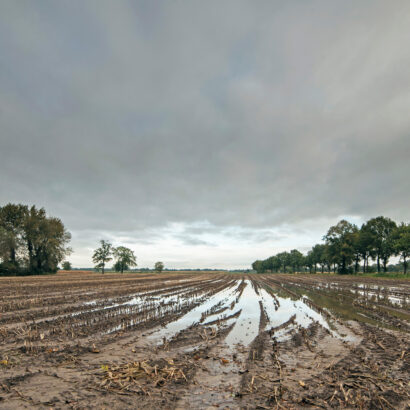Utilizing cover crops for grazing during the fall and winter months is a great opportunity to give your pastures a break and have them in better shape heading into the spring. Here are a few things to consider when determining a plan to graze your covers:
Cover Crop Options for Grazing
Winter annual forages such as rye, triticale and wheat are forage crops that are planted in the fall and will continue to grow in the spring before being harvested next summer. If planted in the late summer or early enough in the fall, these crops can be an excellent source of forage for cattle to graze on in the late fall and winter. However, it’s very important that these crops are not grazed below four inches tall, as overgrazing during the winter months could harm the plant and cause stunted growth in the spring – or even kill the plant. Meanwhile, brassicas such as turnips, radishes, rape, and many others will most likely not regrow after the winter months, but leaving some cover on the soil will help to reduce erosion during the early spring months.
Allow Time to Adapt
No matter what type of cover crop you’re using for grazing, it’s always better to be safe than sorry when introducing a ruminant to a new field. A slow introduction, such as only allowing them to graze on the cover for a short period of time or fencing off a small area for the first few days before turning them out full time, could help reduce potential problems. Also, never turn out hungry cattle into a lush green cover crop field. Make sure they are well fed prior to turn-out, so they don’t overeat. Finally, in fields containing mainly brassicas, providing access to a dry matter source (pasture, corn stalks, hay bale, etc.) is essential to keeping a ruminant’s gut in check throughout the grazing period. Ruminants will naturally select for a balanced diet, so providing an alternative dry feed source will allow them to naturally balance their belly.
Bonus: Fertilizer
It may seem simple, but grazing your cover crops is one of the most cost-effective ways to fertilize your soil. Ruminants naturally move throughout the field, spreading manure everywhere they go. You don’t have to haul it and spread it yourself, it will happen all on its own. Now, all the nutrients in the manure won’t necessarily be utilized by the soil or row crops, but any additional nutrients given back to the soil for “free” makes a positive impact on your soil and your bottom dollar.
It Just Makes Sense
Livestock integration in a row crop system that is already utilizing cover crops is a natural fit. You’re already gaining benefits for soil health, why not use your livestock operation to cash in on the available forage while giving back to the land? Give your pastures a rest, utilize your available forage, and maximize your investment.




Discussion
0 Comments